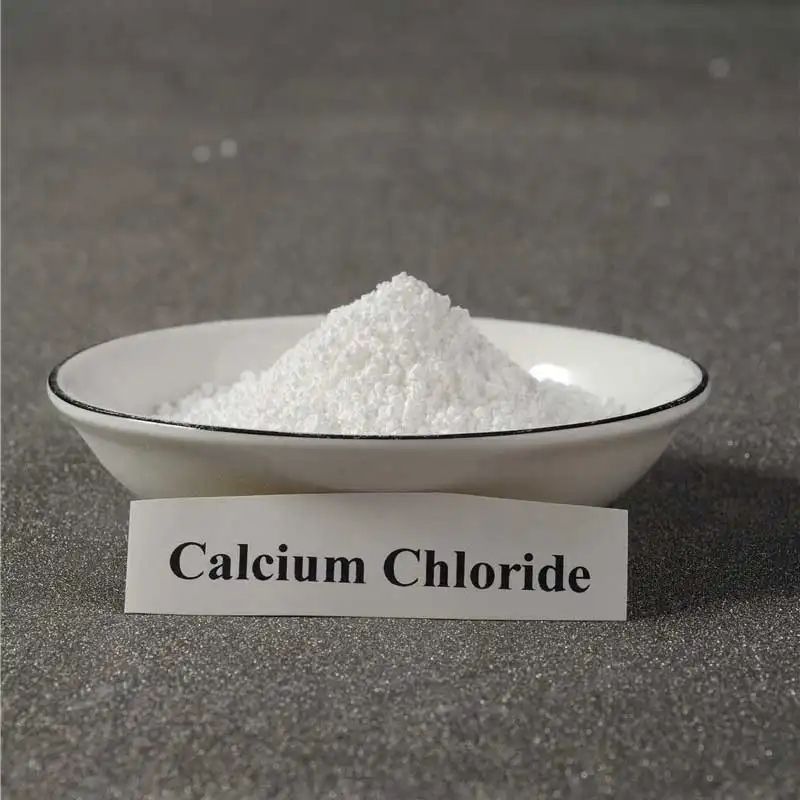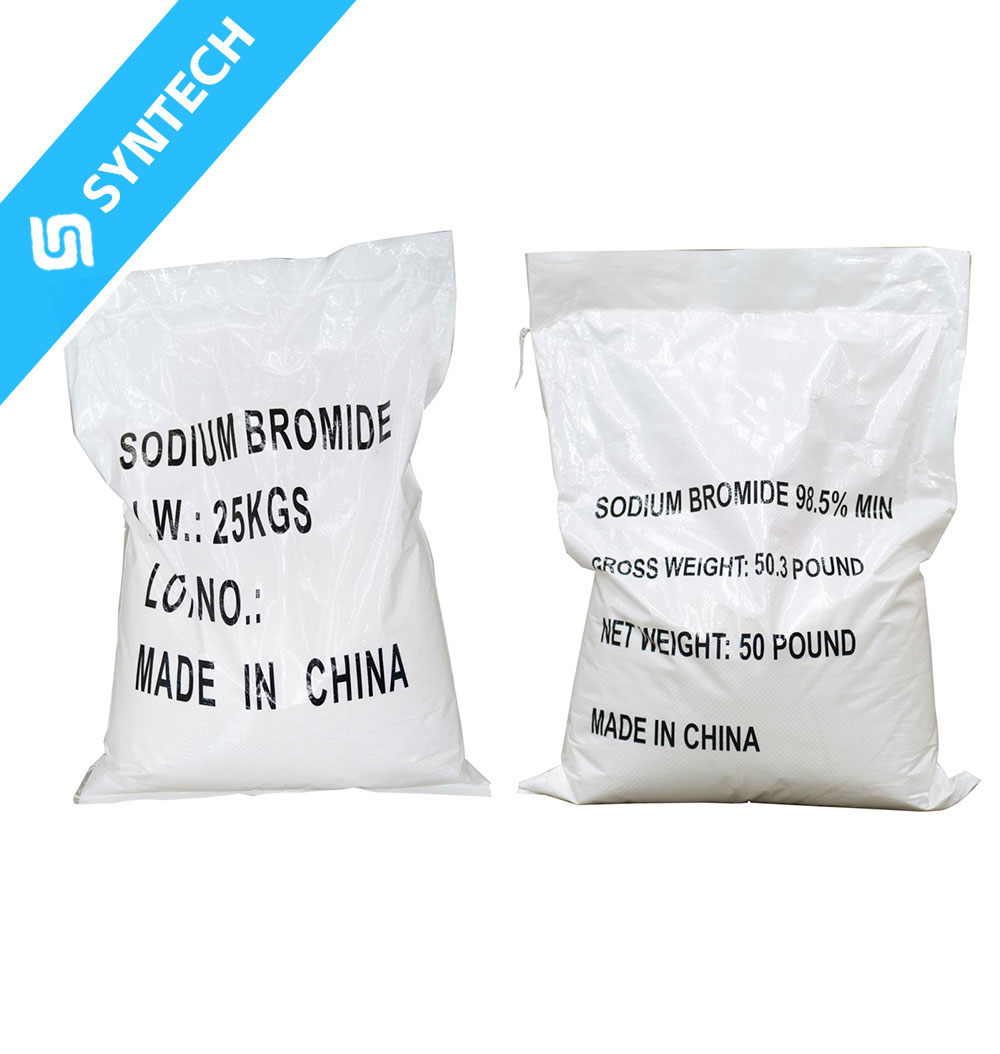Background & Challenge
After primary and secondary oil recovery (e.g., water flooding), approximately 60-70% of the original oil remains trapped underground. Polymer flooding is a crucial enhanced oil recovery (EOR) technique. It works by injecting high-viscosity polymer solutions into the reservoir to increase the displacing fluid’s viscosity and reduce water mobility, thereby improving the mobility ratio and sweeping efficiency to “push” out more of the trapped residual oil.
The most commonly used polymer is Partially Hydrolyzed Polyacrylamide (HPAM). However, HPAM has a critical weakness: the carboxylate groups (-COO⁻) on its molecular chain are highly susceptible to severe chain coiling and degradation when exposed to high temperatures and high concentrations of divalent cations (like Ca²⁺, Mg²⁺, common in saline reservoirs). This leads to a drastic loss in solution viscosity, causing the polymer to completely fail its thickening and oil-displacing function.
The SMAS Solution & Its Mechanism
1. Application Form:
Sodium Methallyl Sulfonate (SMAS) is not used alone but employed as a comonomer. It undergoes free radical copolymerization with acrylamide (AM) and acrylic acid (AA) to synthesize “Temperature-Resistant and Salt-Tolerant Polyacrylamide” (e.g., an AM/AA/SMAS ternary copolymer).
2. Mechanism of Action:
- Introducing a Highly Hydrated and Stable Sulfonate Group (-SO₃⁻):
The sulfonate group in the SMAS molecule is the key to solving the problem. Compared to the carboxylate group (-COO⁻) in HPAM, the sulfonate group offers distinct advantages:- Stronger Ionic Character and Hydration Capacity: The sulfonate group binds more strongly with water molecules, forming a thicker and more stable hydration shell. Even in high-salinity environments, this hydration layer is less likely to be disrupted, better maintaining the extended conformation of the polymer chains.
- Insensitivity to Divalent Cations: Carboxylate groups readily form precipitates or strong ionic cross-links with Ca²⁺ and Mg²⁺, leading to chain coiling and failure. In contrast, the interaction between sulfonate groups and these divalent cations is very weak, virtually preventing precipitation and thus preserving chain stability.
- Higher Chemical Stability: The sulfonate group itself possesses excellent thermal and chemical stability, resisting hydrolysis or degradation at high temperatures.
3. Final Outcome:
By incorporating Sodium Methallyl Sulfonate (SMAS) into the polymer backbone, the synthesized EOR polymer maintains its performance under the harsh conditions of high temperature and high salinity:
- The polymer chains remain in an extended conformation, rather than coiling up.
- The hydrodynamic volume stays large.
- Consequently, the polymer solution maintains a high apparent viscosity, effectively fulfilling its role in thickening and controlling the mobility ratio.
Summary
In the field of Oilfield Chemistry for polymer flooding, Sodium Methallyl Sulfonate (SMAS) serves as a critical functional monomer for synthesizing temperature-resistant and salt-tolerant EOR polymers. The core principle leverages its highly hydrated and divalent-ion-insensitive sulfonate group (-SO₃⁻) to compensate for the performance deficiencies of conventional HPAM polymers in challenging reservoir conditions. This enables the effective exploitation of valuable oil resources from reservoirs previously inaccessible to chemical EOR techniques, significantly enhancing crude oil recovery. While the SMAS monomer itself is more costly, its use can become the most cost-effective choice for the entire oilfield development project.






